- Description
- Discussions (0)
Description
- Name of the medicinal product
D3 drops
- Qualitative and quantitative composition
Each drop oral solution contains: 0.0028 mg≡112 I.U.
For the full list of excipients, see section 6.1.
- Pharmaceutical form
Oral drops, solution.
- Clinical particulars
4.1 Therapeutic indications
The prevention and treatment of vitamin D deficiency.
As an adjunct to specific therapy for osteoporosis in patients with vitamin D deficiency or at risk of vitamin D insufficiency.
4.2 Posology and method of administration
Posology
1 drops contains 112 IU vitamin D.
1 ml is equivalent to 40 drops.
Treatment vitamin D deficiency should be for up to 12 weeks dependent upon the severity of the disease and the patient’s response to treatment, followed by the appropriate long term maintenance therapy.
Paediatric posology
Infants aged 0 up to 2 years
Treatment of vitamin D
deficiency 4 – 9 drops (400 – 1,000 IU) daily.
Long term maintenance therapy following treatment of deficiency
AND
Prevention of vitamin D deficiency
2 – 9 drops (200 – 1,000 IU) daily.
Children aged 2 years to 11 years
Treatment of vitamin D deficiency
4 – 18 drops (400 – 2,000 IU) daily.
Long term maintenance therapy following treatment of deficiency
AND
Prevention of vitamin D deficiency
4 – 9 drops (400 – 1,000 IU) daily.
Adolescents aged 12 years to 18 years
Treatment of vitamin D deficiency
4 – 36 drops (400 – 4,000 IU) daily.
Long term maintenance therapy following treatment of deficiency
AND
Prevention of vitamin D deficiency
4 – 15 drops (400 – 1,600 IU) daily.
Adult posology
Adults and the elderly
Treatment of vitamin D deficiency
8 – 36 drops (800 – 4,000 IU) daily.
Long term maintenance therapy following treatment of deficiency
AND
Prevention of vitamin D deficiency
8 – 15 drops (800 – 1,600 IU) daily.
As an adjunct to specific therapy for osteoporosis
8 drops (800 IU) daily.
During pregnancy and breast-feeding
Treatment of vitamin D deficiency
4 – 36 drops (400 – 4,000 IU) daily.
Long term maintenance therapy following treatment of deficiency
AND
Prevention of vitamin D deficiency
4 – 18 drops (400 – 2,000 IU) daily.
Table summarizing the posologies of different indications against patient population
| Paediatric posology | Adult posology | ||||
| Infant
(0 – 2 years) |
Children (2 – 11 years) | Adolescents (12 – 18 years) | Adults and the elderly | Pregnancy / breast feeding | |
| Treatment
(for up to 12 weeks) |
400 – 1,000
IU/day |
400 – 2,000
IU/day |
400 – 4,000
IU/day |
800 – 4,000
IU/day |
400 – 4,000
IU/day |
| Prevention/ long term maintenance | 200 – 1,000 IU/day | 400 – 1,000 IU/day | 400 – 1,600 IU/day | 800 – 1,600 IU/day | 400 IU/day (but up to 2,000) IU/day |
| adjunct to specific therapy for osteoporosis | – | – | – | 800 IU/day | – |
Doses of 800 IU and above can also be administered using soft capsules or tablets.
Method of administration
Oral
The bottle should be held vertically while dispensing drops.
D3 drops can be dispensed onto a spoon and taken as is or to facilitate the intake it can also be mixed with a small amount of cold or lukewarm food immediately prior to use. The patient should be sure to take the entire dose.
In infants, children and adolescents D3 drops can be mixed with a small amount of children’s foods, yogurt, milk, cheese or other dairy products. D3 drops must not be mixed into a bottle of milk or container of soft foods in case the child does not consume the whole portion, and consequently does not receive the full dose.
4.3 Contraindications
Hypersensitivity to vitamin D or any of the excipients in the product
Hypervitaminosis D
Nephrolithiasis
Diseases or conditions resulting in hypercalcaemia and/or hypercalciuria
Severe renal impairment
4.4 Special warnings and precautions for use
Vitamin D should be used with caution in patients with impairment of renal function and the effect on calcium and phosphate levels should be monitored. The risk of soft tissue calcification should be taken into account. In patients with severe renal insufficiency, vitamin D in the form of colecalciferol is not metabolised normally and other forms of vitamin D should be used (see section 4.3, contraindications).
Caution is required in patients receiving treatment for cardiovascular disease (see Section 4.5 – cardiac glycosides including digitalis).
D3 drops should be prescribed with caution to patients suffering from sarcoidosis because of the risk of increased metabolism of vitamin D to its active form. These patients should be monitored with regard to the calcium content in serum and urine.
Allowances should be made for vitamin D supplements from other sources.
The need for additional calcium supplementation should be considered for individual patients. Calcium supplements should be given under close medical supervision.
Medical supervision is required whilst on treatment to prevent hypercalcemia.
4.5 Interaction with other medicinal products and other forms of interaction
Concomitant treatment with phenytoin or barbiturates can decrease the effect of vitamin D because of metabolic activation. Concomitant use of glucocorticoids can decrease the effect of vitamin D.
The effects of digitalis and other cardiac glycosides may be accentuated with the oral administration of calcium combined with Vitamin D. Strict medical supervision is needed and, if necessary monitoring of ECG and calcium.
Simultaneous treatment with ion exchange resins such as cholestyramine or laxatives such as paraffin oil may reduce the gastrointestinal absorption of vitamin D.
The cytotoxic agent actinomycin and imidazole antifungal agents interfere with vitamin D activity by inhibiting the conversion of 25-hydroxyvitamin D to 1,25- dihydroxyvitamin D by the kidney enzyme, 25-hydroxyvitamin D-1-hydroxylase.
4.6 Fertility, pregnancy and lactation
There are no or limited amount of data from the use of colecalciferol in pregnant women. Studies in animals have shown reproductive toxicity (see section 5.3). The recommended daily intake for pregnant women is
400 IU, however, in women who are considered to be vitamin D deficient a higher dose may be required. During pregnancy women should follow the advice of their medical practitioner as their requirements may vary depending on the severity of their disease and their response to treatment.
Vitamin D and its metabolites are excreted in breast milk. Overdose in infants induced by nursing mothers has not been observed, however, when prescribing additional vitamin D to a breast-fed child the practitioner should consider the dose of any additional vitamin D given to the mother.
4.7 Effects on ability to drive and use machines
D3 drops has no influence on the ability to drive and use machines.
4.8 Undesirable effects
Adverse reactions are listed below, by system organ class and frequency. Frequencies are defined as: uncommon (>1/1,000, <1/100) or rare (>1/10,000, <1/1,000).
Metabolism and nutrition disorders
Uncommon: Hypercalcaemia and hypercalciuria. Skin and subcutaneous disorders
Rare: Pruritus, rash and urticaria.
4.9 Overdose
The most serious consequence of acute or chronic overdose is hypercalcaemia due to vitamin D toxicity. Symptoms may include nausea, vomiting, polyuria, anorexia, weakness, apathy, thirst and constipation. Chronic overdoses can lead to vascular and organ calcification as a result of hypercalcaemia. Treatment should consist of stopping all intake of vitamin D and rehydration.
- Pharmacological properties
5.1 Pharmacodynamic properties
Pharmacotherapeutic group: Vitamin D and analogues ATC code: A11CC05
In its biologically active form vitamin D3 stimulates intestinal calcium absorption, incorporation of calcium into the osteoid, and release of calcium from bone tissue. In the small intestine it promotes rapid and delayed calcium uptake. The passive and active transport of phosphate is also stimulated. In the kidney, it inhibits the excretion of calcium and phosphate by promoting tubular resorption. The production of parathyroid hormone (PTH) in the parathyroids is inhibited directly by the biologically active form of vitamin D3. PTH secretion is inhibited additionally by the increased calcium uptake in the small intestine under the influence of biologically active vitamin D3.
5.2 Pharmacokinetic properties
The pharmacokinetics of vitamin D is well known. Vitamin D is well absorbed from the gastro-intestinal tract in the presence of bile. It is hydroxylated in the liver to form 25-hydroxycolecalciferol and then undergoes further hydroxylation in the kidney to form the active metabolite 1, 25 dihydroxycolecalciferol (calcitriol). The metabolites circulate in the blood bound to a specific α – globin, Vitamin D and its metabolites are excreted mainly in the bile and faeces.
5.3 Preclinical safety data
Vitamin D is well known and is a widely used material and has been used in clinical practice for many years. As such toxicity is only likely to occur in chronic over dosage where hypercalcaemia could result.
Colecalciferol has been shown to be teratogenic in high doses in animals (4-15 times the human dose). Offspring from pregnant rabbits treated with high doses of vitamin D had lesions anatomically similar to those of supravalvular aortic stenosis and offspring not showing such changes show vasculotoxicity similar to that of adults following acute vitamin D toxicity.
- Pharmaceutical particulars
6.1 List of excipients
Ethyl alcohol ,Glycerol &Propylene glycol
6.2 Incompatibilities
Not applicable.
6.3 Shelf life
36 months.
Once opened use within 6 months.
6.4 Special precautions for storage
Store at temp. not exceeding 30°C.
6.5 Nature and contents of container
Self dropper white plastic bottle of 10ml inside carton box with an insert leaflet.
6.6 Special precautions for disposal and other handling
Any unused product should be disposed of in accordance with local requirements.
Manufactured by: Misr company for Pharmaceuticals
For: Arab ,Perfumes, Chemicals &Pharmaceutical co.


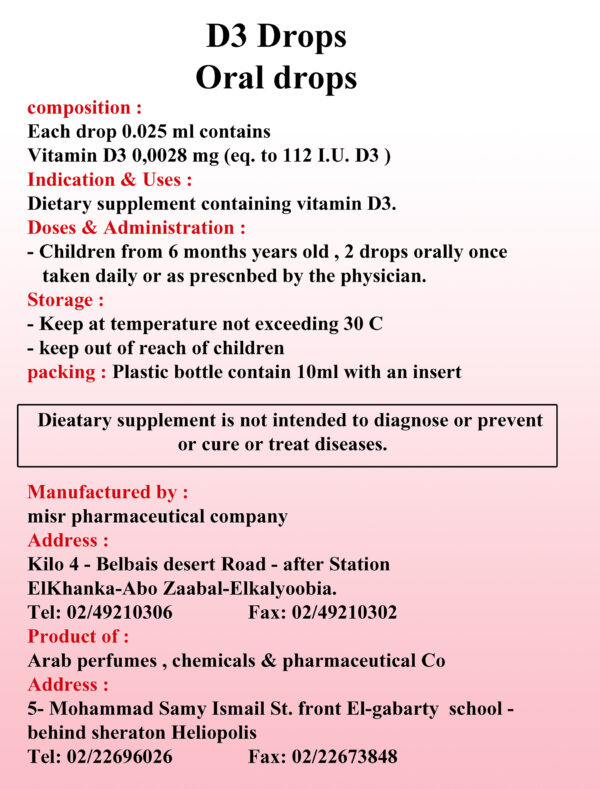
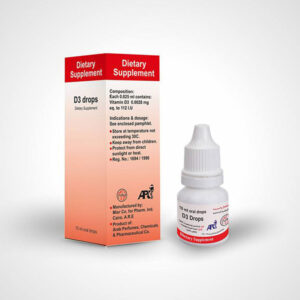
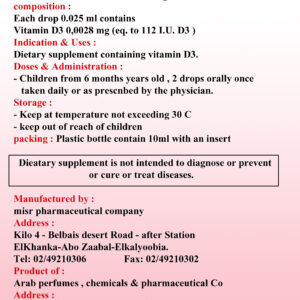
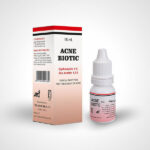
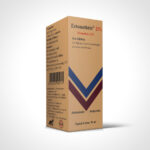
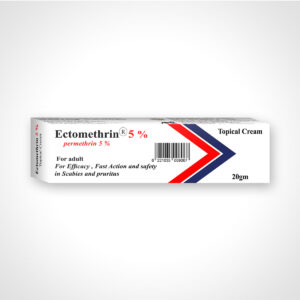
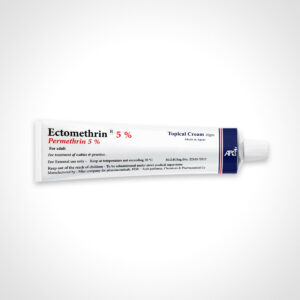
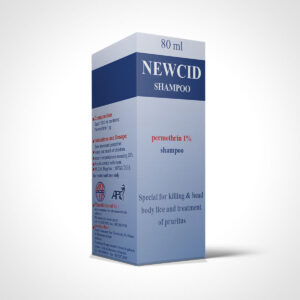
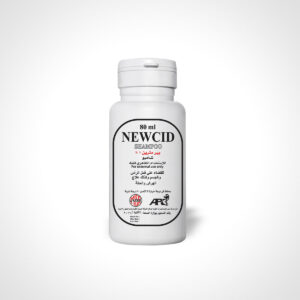
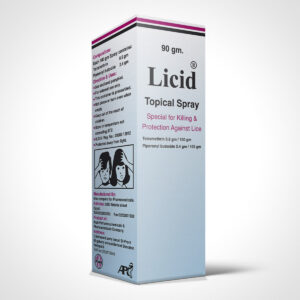

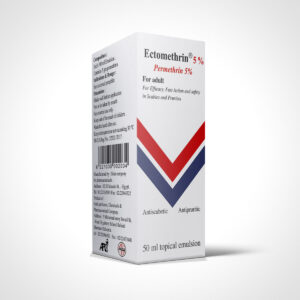
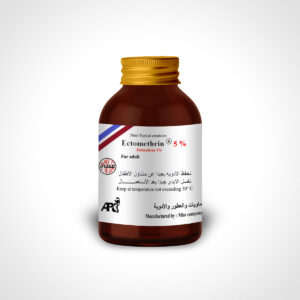
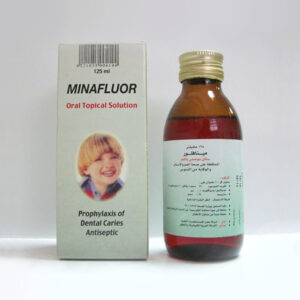
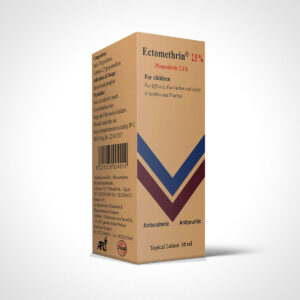
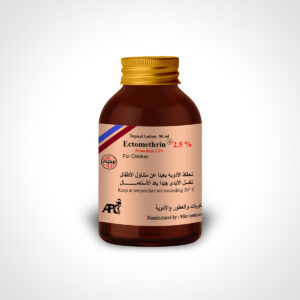
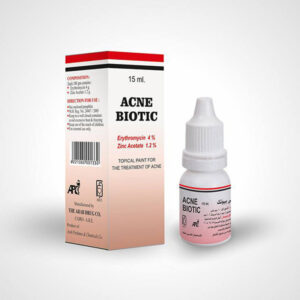

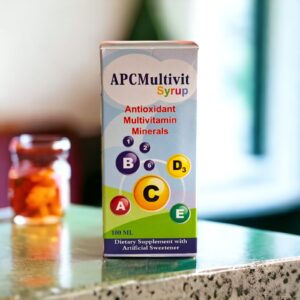
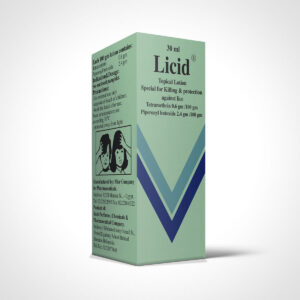
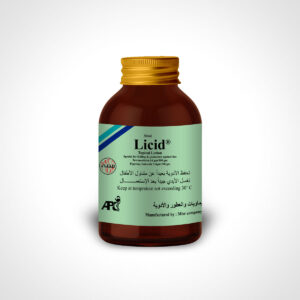

Discussions
There are no discussions yet.
Comments are closed.